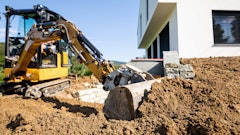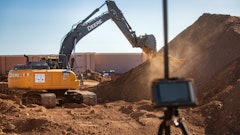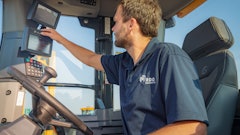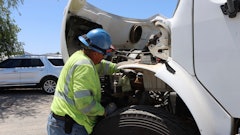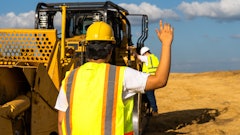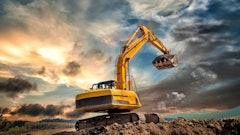
We receive numerous calls every day from employers seeking “liability insurance.” The caller generally already has insurance on their truck(s) and are now looking for coverage for loss or damage arising during loading or unloading of their vehicles. This coverage is not necessarily for the property of their customers, but against the possibility of injury or death to third parties or loss or damage the property of 3rd parties.
Picture a one-ton piano being hoisted out of a third-floor window into a truck and the cable suddenly snaps. It either lands on a 2013 Toyota Camry, or the owner of a 2013 Toyota Camry. Either way; no coverage, lawyers get rich.
In all states, damage or injury to persons and property is covered by commercial automobile insurance which arises during loading or unloading of the vehicle. The question is whether the state where the accident occurred follows the “complete operations” or “coming to rest” doctrine.
For all businesses involved in the moving or delivering of property, whether conducting operations entirely within one state or in more than one state, two insurance policies are recommended: Automobile and Commercial General Liability.
The differences are as follows:
Automobile Insurance Terms and Conditions
- Omnibus Clause. This policy extends coverage to “Anyone using, with your permission, a covered ‘auto’ you own, hire or borrow.”
- Handling of Property. The coverage form covers the “handling of property”
“Bodily injury” or “property damage” resulting from the handling of property, before it is moved from the place where it is accepted by the "Insured" for movement into or onto the covered auto, or after it is moved from the covered "auto" to the place where it is finally delivered by the "insured."
Commercial General Liability Terms and Conditions
- The loss must take place in the "coverage territory" (which includes the entire U.S.)
- Exclusion for aircraft, auto or watercraft
- "Bodily injury" or "property damage" arising out of the use of any auto. Use includes loading and unloading
So exactly what is the difference between loading and unloading? Loading or unloading means the handling of property: (a.) After it is moved from the place where it is accepted for movement into or onto an auto, (b) while; it is in or on an auto, and (c.) while it is being moved from an auto to the place where it is finally delivered. However, loading or unloading does not include the movement of property by means of a mechanical device other than a hand truck that is not attached to the auto.
For example, Acme Movers is hired to relocate the Smith Family from their home to an adult residential community in the same town. While packing Mrs. Smith’s china serving platter the mover’s employee drops it, breaking the glass table top. A flying shard of glass severely cuts Mrs. Smith’s leg prompting a 911 call and she is treated in the emergency room for non-life-threatening injuries.
Who will defend and pay for Mrs. Smith’s injuries – Acme’s Auto or the Commercial General Liability Insurer? The answer is the CGL insurer, as the china serving platter had not technically been “accepted for movement," but was merely being packed.
Let’s continue the scenario. Mr. and Mrs. Jones are friends of the Smiths. Learning of Mrs. Smith’s injury, the Jones’ decide to instead hire Ajax Movers to move them to an adjacent state, even though Ajax is 15% higher than Acme Movers. The packing and loading goes without incident. Upon arrival at the Jones’ new residence, the crew unloads the headboard of the king-size bed, and puts it on the sidewalk resting against a mailbox, while moving the remainder of the bed into the house.
The Jones’ new next-door neighbor decides to take her 100-pound golden retriever for a walk, which gives her the opportunity to scope the new neighbors and their possessions. The dog makes a beeline for the headboard assuming it to be the latest replacement for mail box post which serves as a local substitute for a distant fire hydrant. As the dog’s owner tries to prevent him from marking the new neighbor’s possessions with the call of nature, the headboard falls on the nosy neighbor and breaks a bone in her foot.
Who defends, who pays? As the accident occurred in a state which adheres to the “coming to rest” doctrine, the CGL insurer is “on the hook.” Unfortunately, Ajax Moving & Storage being located in a “complete operations” state never purchased CGL coverage.
So the long and short of it is this: Always protect yourself by having both auto and CGL insurance coverage. And, whenever possible, always have both policies with the same insurance carrier because this will prevent each insurance company from pointing to the other for coverage. By having them with the same carrier, they must pay whether they consider it automobile or general liability and it keeps you out of the middle.





